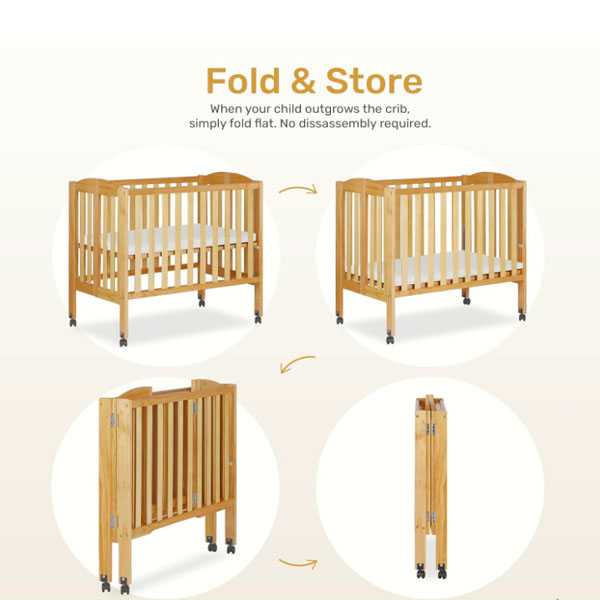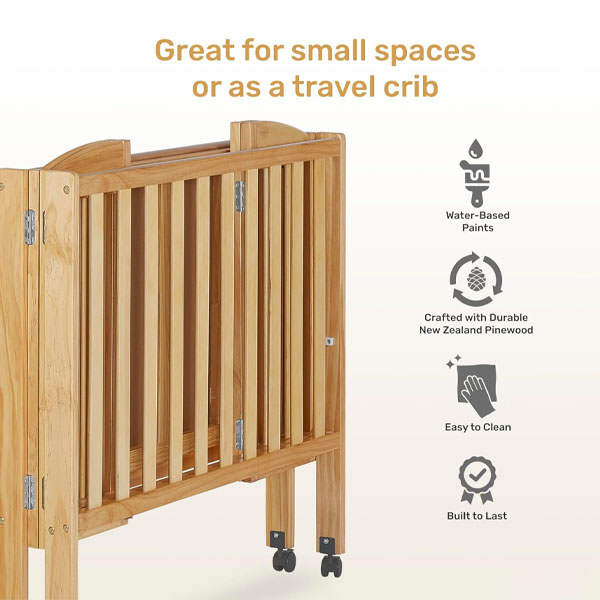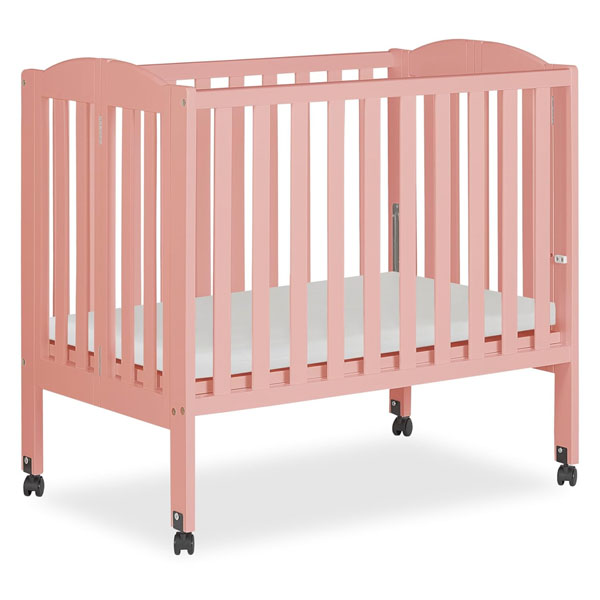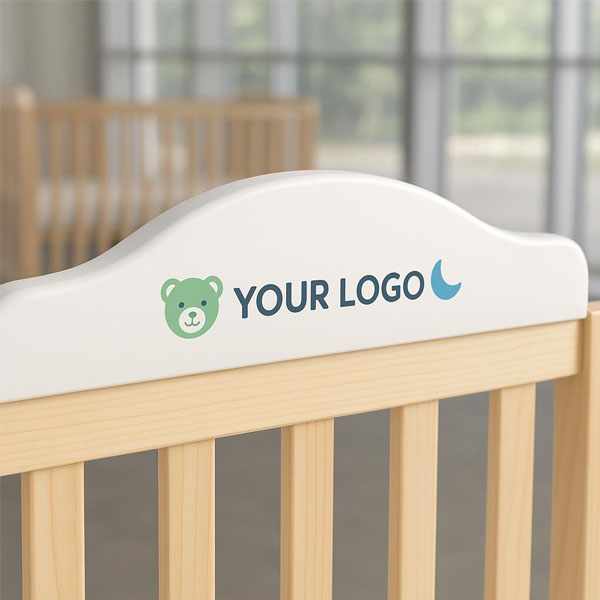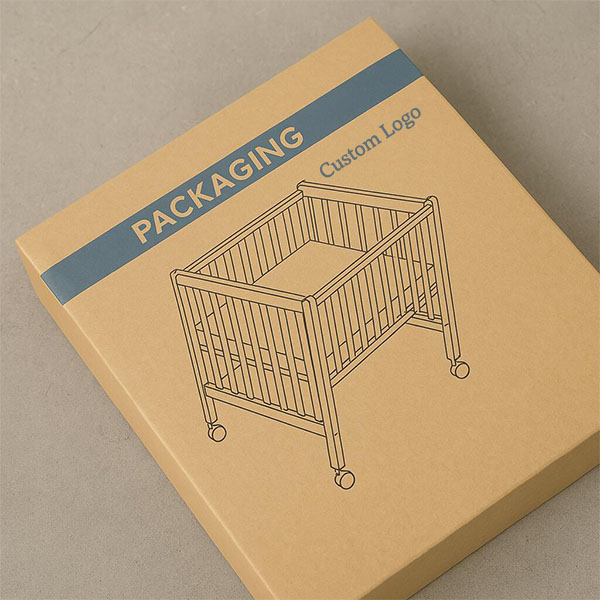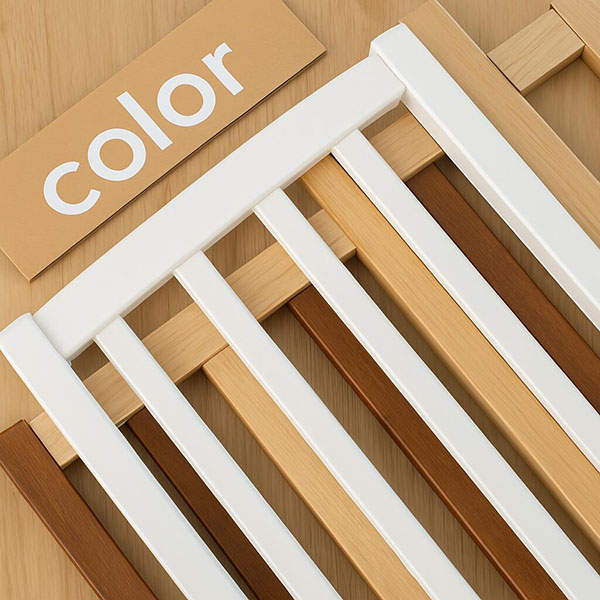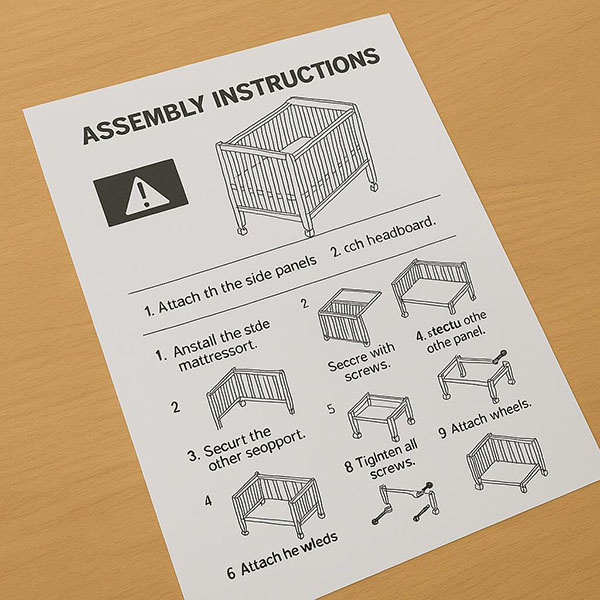What age range is my book for?
Struggling to figure out which readers your book is really for? You’re not alone—many writers wrestle with matching age, content, and reading level.
The age range for your book depends on content complexity, vocabulary, themes, and emotional maturity. Picture books are typically for ages 0–5, chapter books for 6–9, and middle grade for 8–12.
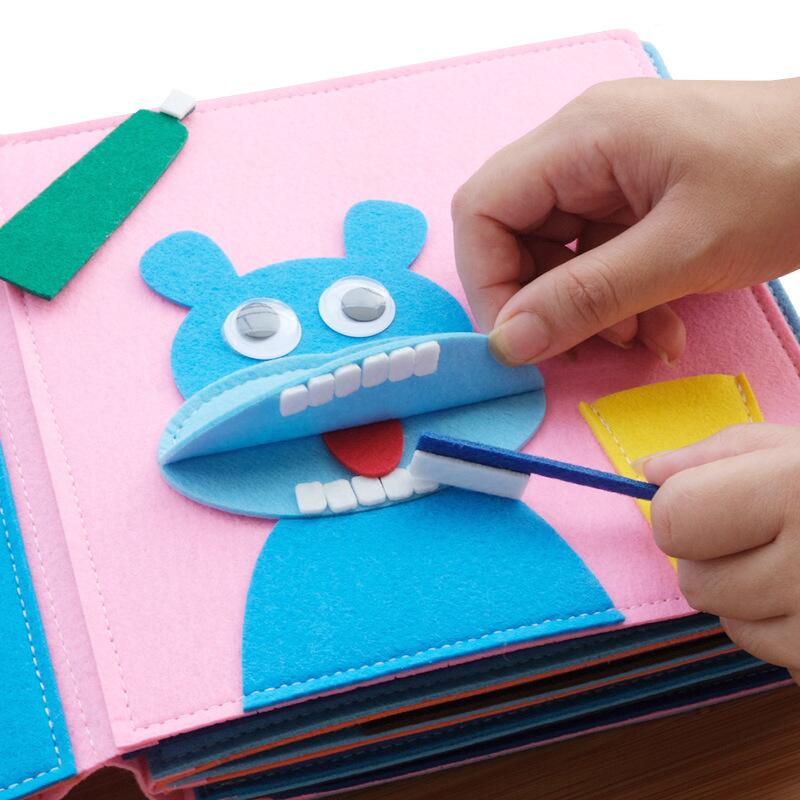
If you’re asking this question, you’re probably somewhere between final draft and publishing—or even just writing your blurb. Let’s break it down so you can confidently define your book’s target age range.
How do I know my book’s target age?
Most writers guess wrong by thinking like an adult, not a child.
To find your book’s age range, match its tone, length, vocabulary, and theme with established age-based book categories.
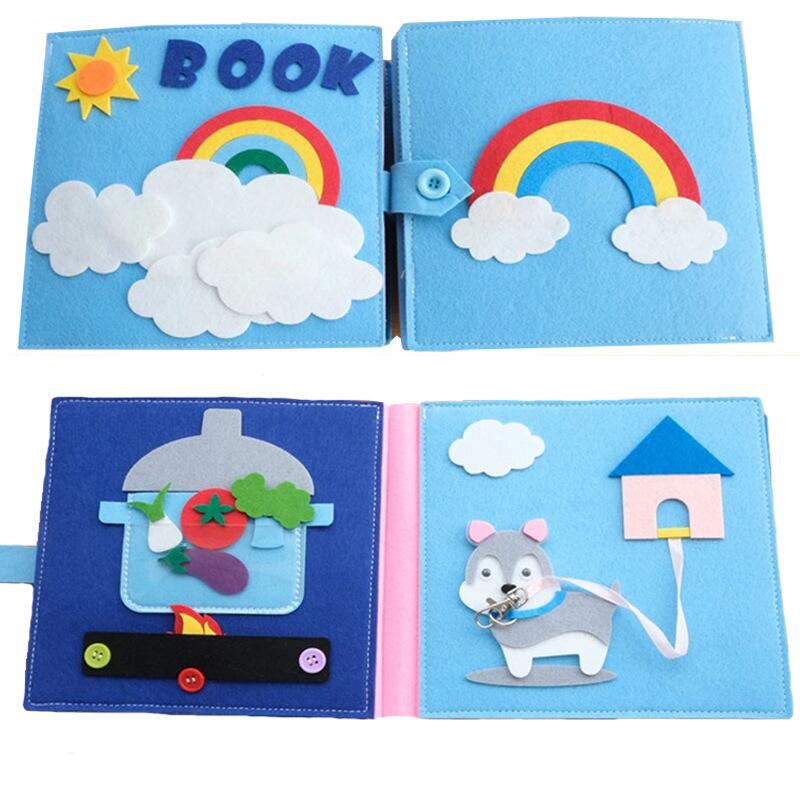
Look at the structure and word count
Kids’ books fall into industry patterns for a reason. If your book is 300 words with big pictures, it’s a picture book. If it’s 30,000 words with short chapters and no romance, it’s probably middle grade.
| Book Type | Age Range | Word Count | Key Traits |
|---|---|---|---|
| Board Book | 0–3 | <100 | Simple images, no plot |
| Picture Book | 2–6 | 100–1,000 | Story + illustrations |
| Early Reader | 5–7 | 1,000–2,500 | Repetitive, simple sentence |
| Chapter Book | 6–9 | 4,000–15,000 | Few illustrations, simple plot |
| Middle Grade | 8–12 | 20,000–55,000 | Complex characters, no romance |
| Young Adult (YA) | 12+ | 50,000–80,000 | Teen voice, emotional arcs |
Consider emotional maturity
Some themes are too heavy for younger readers, even if they can decode the words. Is your story about grief, betrayal, or romance? Then it’s likely not for under-10s. My own book had a fantasy setting and action, but I caught myself using metaphors about loneliness and identity. That pushed it firmly into middle grade.
What reading level matches different ages?
Reading level doesn’t always equal age—kids progress at different speeds.
Match sentence structure, vocabulary, and complexity with your intended reader’s cognitive and emotional level, not just age.
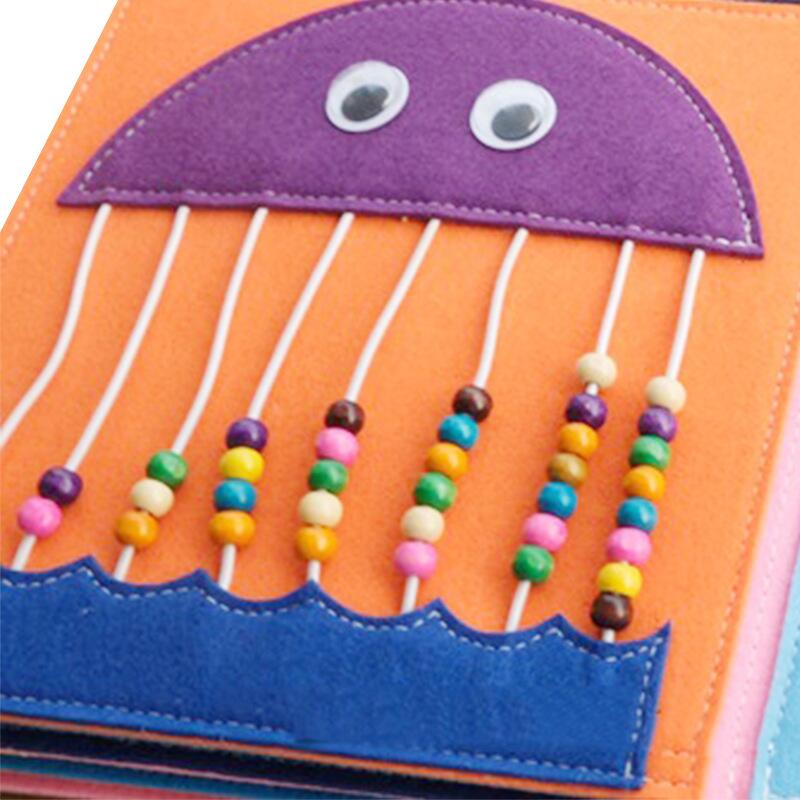
Lexile, F&P, and leveling systems
You don’t have to guess. Tools like Lexile levels or Fountas & Pinnell help publishers categorize books. But you don’t need to get too technical. Just compare your book to others on the shelf.
For example, if your book is similar to Magic Tree House, you’re writing for about 6–9-year-olds. If it’s closer to Percy Jackson, think 9–12. For nonfiction, keep in mind attention span—fewer sidebars and more visuals for younger ages.
| System | Age Range | Typical Traits |
|---|---|---|
| Lexile (BR–1600+) | K–12+ | Based on sentence + word use |
| Fountas & Pinnell (A–Z) | K–6 | Based on guided reading |
Look at sentence style and dialogue
Long descriptive passages = older readers. Snappy action and dialogue = younger. My first draft had some dreamy inner monologue, and beta readers said it sounded “too adult.” I trimmed that back and rewrote with shorter, more active prose to fit the 8–12 age range.
Can one book work for multiple age groups?
Sometimes, but it’s tricky. Don’t aim too broad.
Yes, but only if the content, tone, and style hit a “bridge” level—like books for 8–10 or 10–13.
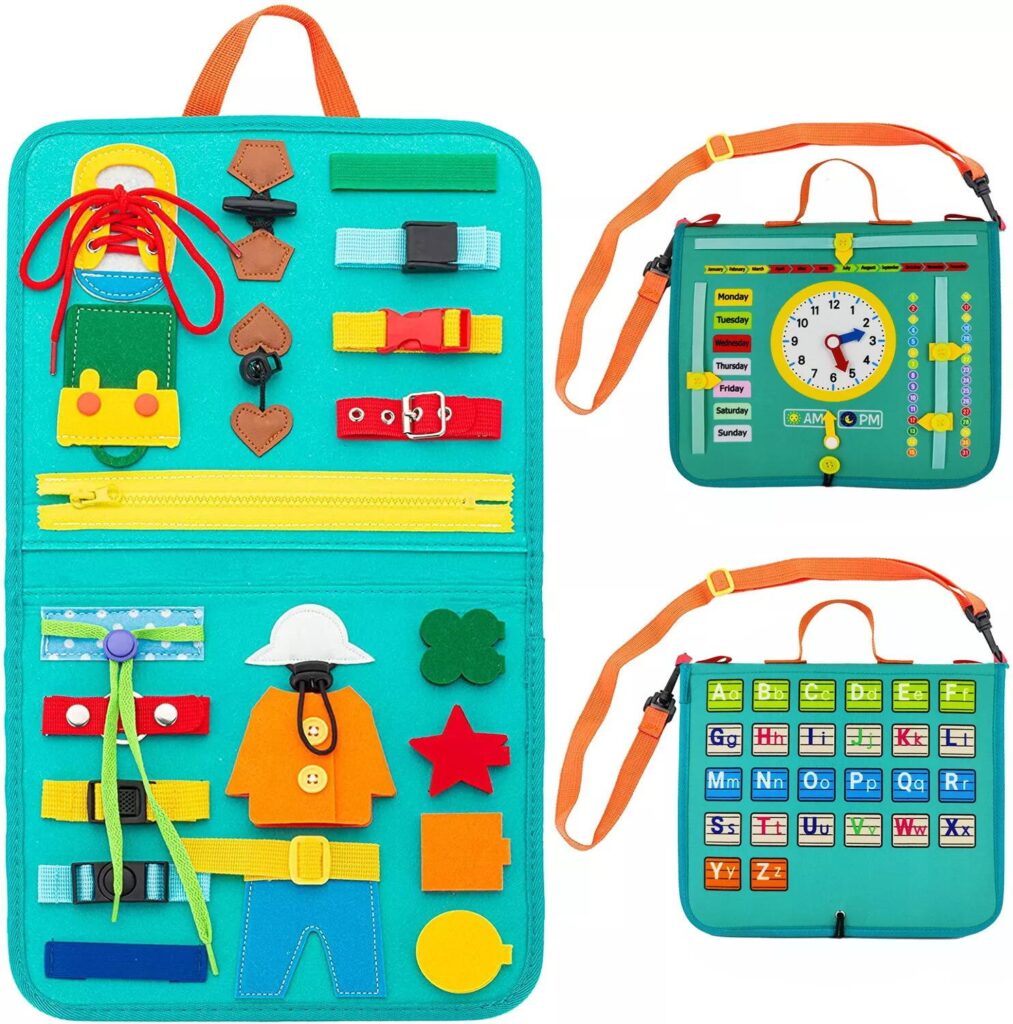
The 8–12 sweet spot
Middle grade books often cross ages because they cover universal themes in simple but smart ways. I aimed for that in my own writing: no heavy romance, but enough emotion to make a 12-year-old care. Humor helped too—kids of many ages love a funny sidekick.
Books like Diary of a Wimpy Kid or Charlotte’s Web are great crossover examples. They can be read aloud to younger kids but also enjoyed solo by older ones.
Be clear in your marketing
Even if your book could work for more than one group, pick a primary target for your blurb, metadata, and cover. This helps bookstores, librarians, and parents know who it’s really for.
If you don’t choose, someone else will—and they might get it wrong.
What if my book doesn’t fit a clear category?
You’re not alone. Many indie books blend genres and tones.
If your book sits between categories, define it by theme and tone, not just length or vocabulary.
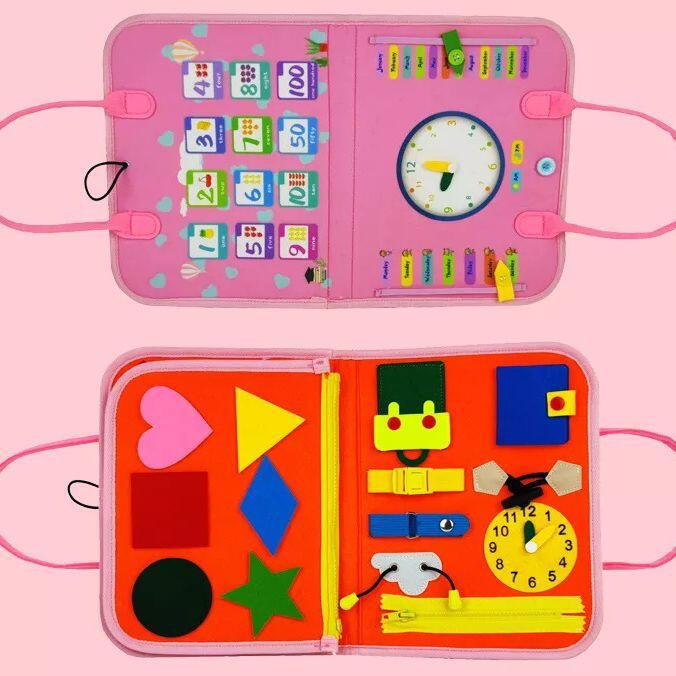
Examples from the real world
Some books don’t fit the mold, and that’s okay. Think Coraline by Neil Gaiman—it’s short like a chapter book but has creepy themes suited for upper middle grade. Or The Little Prince—philosophical yet illustrated.
For my own book, I started calling it “upper middle grade” because it had deeper emotional beats and a slower pace. I also added a note in the description saying, “Best for thoughtful readers age 10+.”
Don’t force it—explain it
Use your back cover, Amazon description, and website to guide readers. You can say something like:
“For ages 9–13, especially fans of gentle fantasy like The Girl Who Drank the Moon.”
This sets expectations and helps the right readers find your work.
Conclusion
To find your book’s age range, match its tone, theme, word count, and complexity to standard categories—or explain it clearly if it doesn’t fit.




